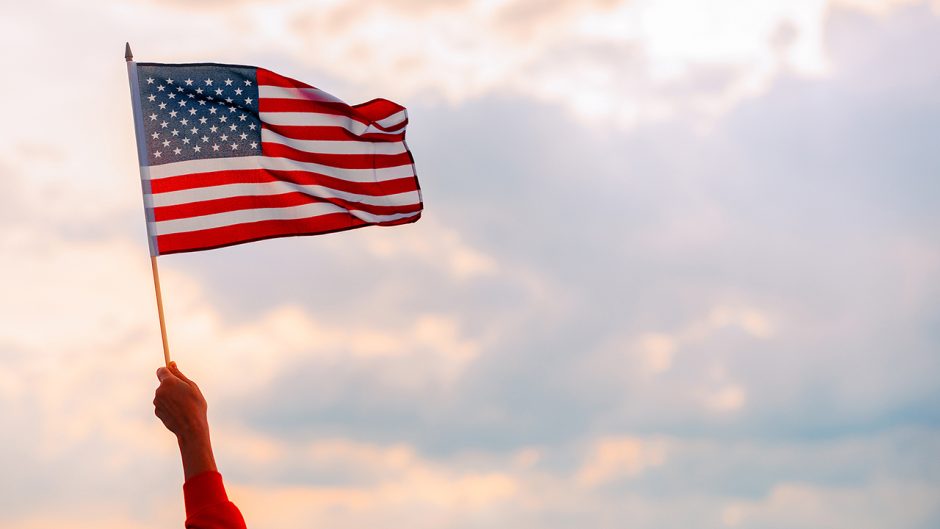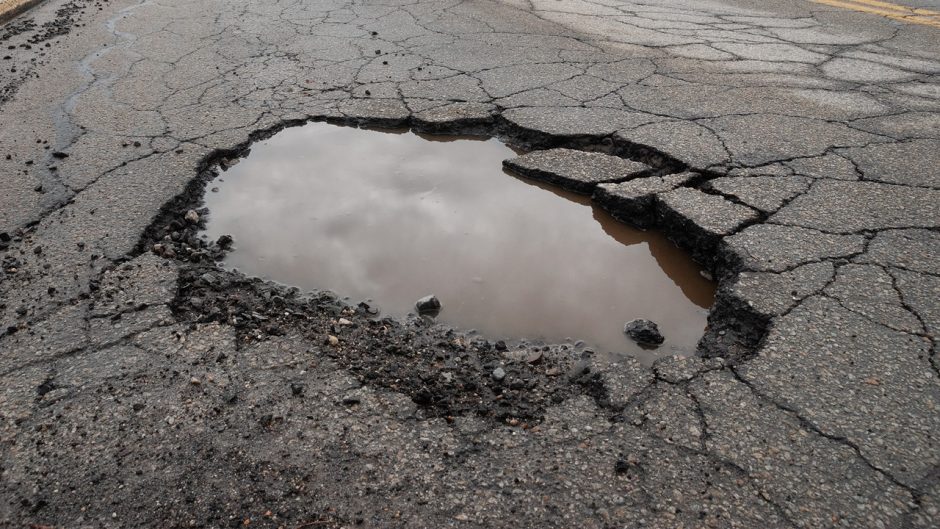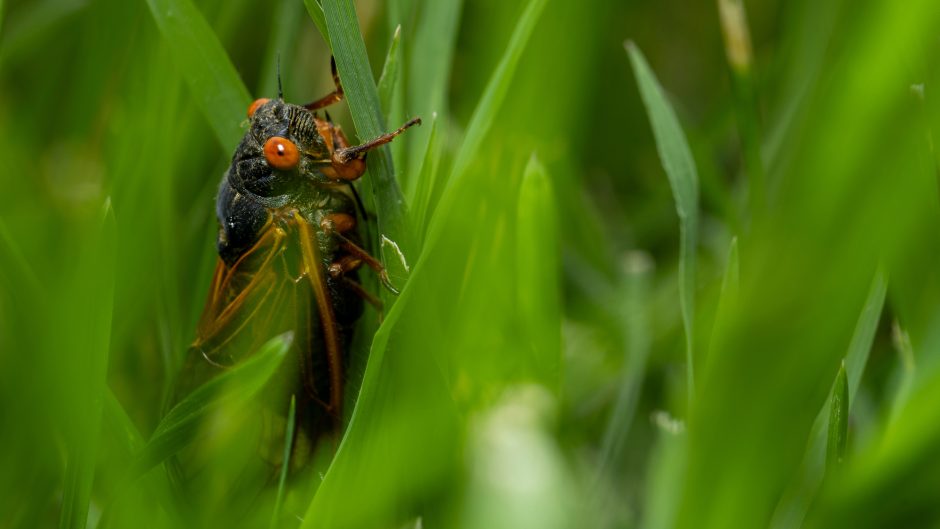Feb. 12, 2021
Contact: Austin Fitzgerald, 573-882-6217, fitzgeraldac@missouri.edu
A severe cold spell has gripped much of the U.S., heralding the arrival of the “polar vortex.” The phenomenon has also made its presence known outside the U.S., with a snowstorm in Spain killing at least three people in January. Weather expert Anthony Lupo, a professor of atmospheric science in the MU College of Agriculture, Food and Natural Resources, is available to talk about the polar vortex and its impact on the Midwest.
What is the polar vortex?
The Polar Vortex is an area of low pressure that develops over the polar regions during the relevant winter season. It happens every year, and the term “polar vortex” is about 80 years old. The term is more popular today, but it isn’t new. This area of cold air and low pressure is strong from about 6 miles up to 32 miles up and forms as a result of chemistry and lack of sunlight.
The vortex is generally confined to the northerly latitudes in the Northern Hemisphere, but it can expand and be carried south along with the jet stream. That is what is happening now.
What is unusual is the “blocking pattern” in the East Pacific and Alaska. It’s a ridge in the jet stream that usually shows up about 3.5 miles above the earth and prevents other weather systems from moving in. That’s how we get this extended period of extremely cold weather; It’s as if the polar vortex is the quarterback and the jet stream is a line of defensive tackles, protecting and preserving the cold weather system.
Editor’s note: Lupo is one of the world’s top experts in the “blocking” phenomenon, and he recently published a review paper in the Annals of the New York Academy of Science on the topic.
What does this mean for Missouri and the Midwest?
Most winter cold spells in Missouri and the Midwest are the result of blocking in the East Pacific and Alaska Sector. Blocking deforms and expands the jet stream northward and ensures other weather systems can’t interrupt the cold spell. In this case, we have a strong blocking system that has deformed the polar vortex, pushing the cold weather farther south over the middle of North America.
This blocking configuration can occur in any season, though it will only get cool or cold relative to that season’s normal. For example, last spring was cold because of blocking, and blocking also led to a late October 2020 snow.
How long can we expect effects from the polar vortex to last?
Typically, anywhere from five to 35 days. The polar vortex will last as long as the blocking lasts, or until the southern edge of the vortex erodes away. For the current vortex, most forecasts keep it in place until Friday, Feb. 19, or Saturday, Feb. 20, before things return to normal. In other words, we can expect the cold weather to hang around for at least another week. I think we’re all ready for the quarterback to break through that defensive line and take the coldest weather with him! But until then, we will continue to see bracingly cold weather.
Did the polar vortex arrive later than usual this year? Is it typical to experience the most severe winter weather in February?
The polar vortex has actually been around since mid-December. It’s just that now we’ve had strong blocking around Alaska that has forced the cold air down into North America. Long range forecasters have been anticipating this since early December, but most thought it might come in mid- to late- January, not early- to mid- February.
In Missouri, we usually expect the coldest weather in mid-to-late January, but when blocking anticyclones — areas where the air sinks due to high atmospheric pressure — force the coldest weather into the USA, then it will happen later.





